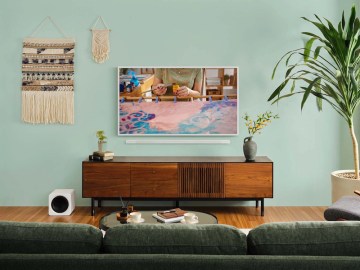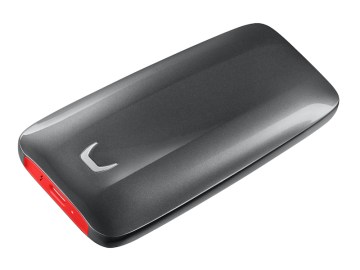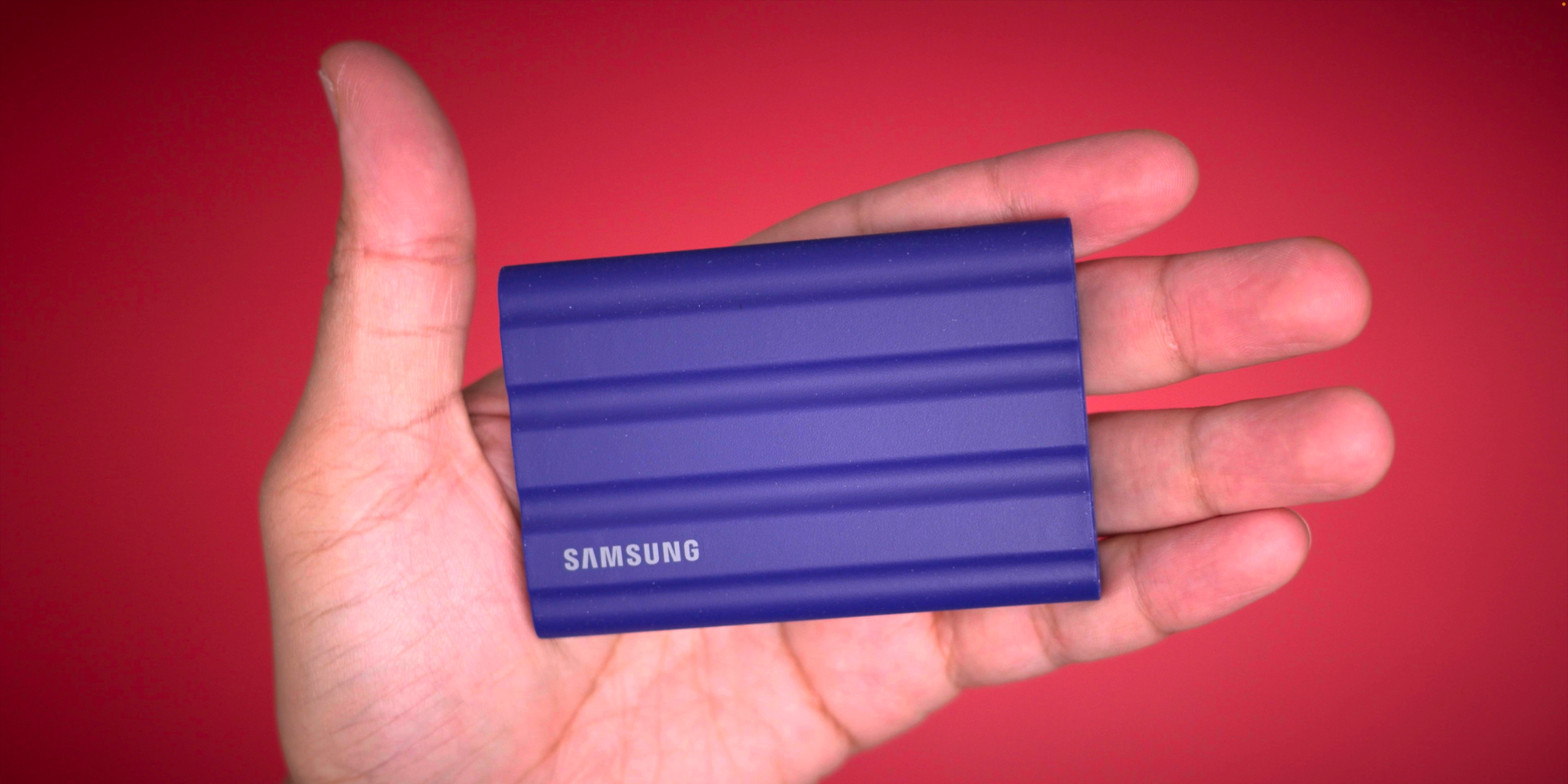
During Apple’s Q1 earnings call this week, Tim Cook used HomeKit as an example of how the iPhone is expanding Apple’s ecosystem into new areas where it can innovate:
Our ecosystem is broadening to more and more of the areas where people spend their time. At the gym, on the go, in the home, and on the job. […]
And we are leading the industry by being the first to integrate home automation into a major platform with iOS 10.
As our resident HomeKit enthusiast, Cook discussing the feature during Apple’s earnings call caught my attention. Cook even describes how he’s personally using HomeKit. Below I’ll unpack exactly what Cook said about HomeKit, a bit about how I’m using it as well, and some helpful HomeKit resources.
A disclaimer up front: your mileage may vary outside of the United States since home accessories do not use the same standards around the world. For a UK perspective, my colleague Ben Lovejoy recently detailed his experience with getting started with HomeKit.
Now more from Tim Cook:
With Siri and the new Home app in iOS 10, everywhere you go you can easily and securely control all of your home accessories with your iPhone, iPad, or your Apple Watch.
You can also control HomeKit using Siri on the new Apple TV with tvOS 10. There’s no Home app for Apple TV (yet), but using the Siri Remote to control home accessories when picking a movie is convenient.
You actually need an Apple TV (3rd or 4th generation) to have remote access to HomeKit like Cook mentioned, and automation which is really useful requires an Apple TV (4th generation) with tvOS 10 or an iPad with iOS 10 that’s powered on and present to work.
The number of HomeKit compatible accessories continues to grow rapidly with many exciting solutions announced just this month including video cameras, motion detectors, and sensors for doors, windows, and even water leaks.
HomeKit product availability expanding is absolutely true. A lot of stuff is promised and coming soon, but you can already buy plenty of HomeKit accessories. One challenge I’ve found, though, is that there’s no single store for everything HomeKit including Apple.
I think the misconception that there isn’t much HomeKit hardware starts with how it was introduced.
HomeKit was announced with iOS 8 back in June 2014 but we didn’t see the first compatible accessories until a year later. Fast forward another year and Apple upgraded HomeKit with a built-in app to manage it and support for more accessories.

Much of what Cook references was unveiled at CES at the beginning of the year and is coming throughout this year.
The pattern seems to be that Apple announces support through the HomeKit framework at its annual developer conference in June, then home accessory makers are able to catch up a year later.
Perhaps even more importantly, we are unmatched when it comes to securing your home with HomeKit enabled door locks, garage doors, and alarm systems.
HomeKit has been healthy on the door lock front for a while now with solutions from August, Schlage, and others, and the Home app on iOS 10 makes lock support better with Control Center access and automation.
Chamberlain is delivering HomeKit support to garage door openers starting this spring (after being a launch partner in 2014), and Honeywell has HomeKit support coming to its Lyric Security system (although I’m not totally sure how it will work with the Home app).
I’m personally using HomeKit accessories in the Home app to integrate iOS into my Home routine. Now when I say good morning to Siri, my house lights come on and my coffee starts brewing. When I go to the living room to relax in the evening, I use Siri to adjust the lighting and turn on the fireplace.
Cook is talking about using scenes in HomeKit when he references telling Siri good morning to control accessories. Controlling individual accessories is neat, but where HomeKit really gets useful is when you group multiple actions under a single command or even an automation that happens on its own.
For example, I usually wake up at the same time every week day, manually turn off the bedroom fan, and walk around and turn on the same lights around the house. Through HomeKit, I have a scene called Good Morning that turns my bedroom fan off and turns the right lights on based on a time of day automation.

I like that this occurs without even interacting with Siri, but Siri is a good solution if you wake up at different times like I do on the weekend.
It can be expensive to set up the right accessories for useful automation, but the products that can do it are definitely on the market now.
Cook also talks about location-based automation:
And when I leave the house, a simple tap on my iPhone turns the lights off, adjusts the thermostat down, and locks the doors. When I return to my house in the evening as I near my home, the house prepares itself for my arrival automatically by using a simple geofence.
Everything he describes here is totally possible now with Philips Hue or Lutron Caseta for lighting; ecobee, Honeywell, or iDevices for thermostats; and August or Schlage for locks set to the I’m Leaving scene.
Cook’s also describing using an automation based on location to enable the I’m Home scene with HomeKit using the same types of accessories.
This level of home automation was unimaginable just a few years ago and it’s here today with iOS and HomeKit.

HomeKit isn’t perfect but it’s come a long, long way in the last 18 months. I think it has a reputation for being a feature without hardware to support it since that was true during the first year, but it’s easy to spend a lot of money (trust me) on real HomeKit hardware now and even more accessories are coming this year.
There are opportunities to make HomeKit more user-friendly and compatible accessories easier to find, but Apple has definitely made progress by promoting HomeKit to a built-in app in iOS 10.
If you want to learn more about HomeKit, these resources from Apple are useful:
- Apple’s HomeKit overview site: apple.com/ios/home
- Find accessories that work with Apple HomeKit
- Use the Home app on your iPhone, iPad, and iPod touch
- Automate and remotely access your HomeKit accessories
Apple also has a section on its online store dedicated to HomeKit accessories, although you’ll find some HomeKit accessories at Best Buy, Amazon, and other retailers just by searching ‘HomeKit’ that aren’t available from Apple.
For the most up-to-date HomeKit news, bookmark 9to5Mac‘s HomeKit Guide and stay caught up on product announcements, news, and reviews before they hit stores.

Cook describing how HomeKit works for him motivated me to revisit how I can do the same with scenes and automation based on my routines. It can be super basic but useful every day.
For example, I take my dog out first thing in the morning which is before sunrise while it’s still dark outside. I created an automation to turn the porch lights on at 5 a.m. and another to turn them off at sunrise so they come on and off as needed.
Later in the day, the porch lights turn on at sunset and turn back off at 11 p.m. automatically. That’s four separate automations in the Home app which you have to set up once ahead of time, but it’s rewarding when you base it around your existing habits.

Another example is my Work scene. My Good Morning scene automatically turns of the right lights in the morning, but I work from my home office and don’t use the I’m Leaving scene to shut the house down.
Instead, I created a scene called Work that turns off all the lights in the house, locks the front door, and leaves anything in my home office turned on. This is an example of noticing a pattern in my routine over a long period of time, then finally putting a scene together that can achieve what I was doing manually (or meaning to do) before.

Everything you set up in Apple’s Home app can be shared with family over iCloud and be mirrored on their iPhones and iPads based on what you create and how you arrange it. Control Center favorites are even matched so you can be the manager of your smart home and let your family benefit without having to set it up too.
Apple’s Home app even intelligently uses location to know which homes to show. For example, I can share my HomeKit setup with my mother-in-law so she can use Siri and the Home app to control accessories when she’s visiting, but her Home app will only default to my home accessories when she’s nearby.
Based on Tim Cook pitching HomeKit during an earnings call and Apple promoting HomeKit to a built-in app with iOS 10, I’m optimistic that it’s not just a hobby project for the company and instead one that will continue to improve with time.
Apple’s investment into the feature should also send a message to accessory makers that HomeKit support is something customers will expect. The next sign I’ll be looking for is what changes HomeKit receives in iOS 11 and if HomeKit comes to the Mac with the next macOS update.
FTC: We use income earning auto affiliate links. More.







Comments